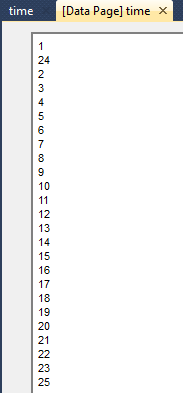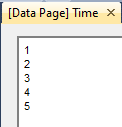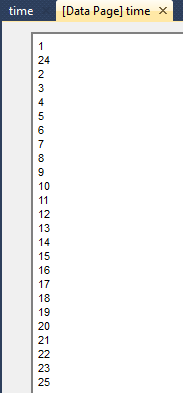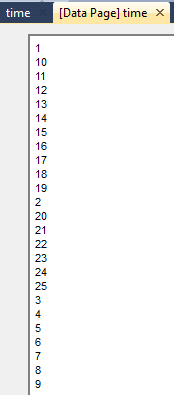I use AXLL::ReadSet to read the set element from Excel:

And in excel the rank is

However, the data in the set looks like this (the data is in a wrong ranking):

Sometimes, it ranks like this:

Even though I define the elements directly:

Still, the data looks like this:

I have ever encountered this problem before, and I was told to define the set as a subset of Integers and use Order by. However, I hope the data in the set is treated as element rather than value. So for a set Time := {1,3,5}, Time(1+1) := 3.
What wrong with this?






